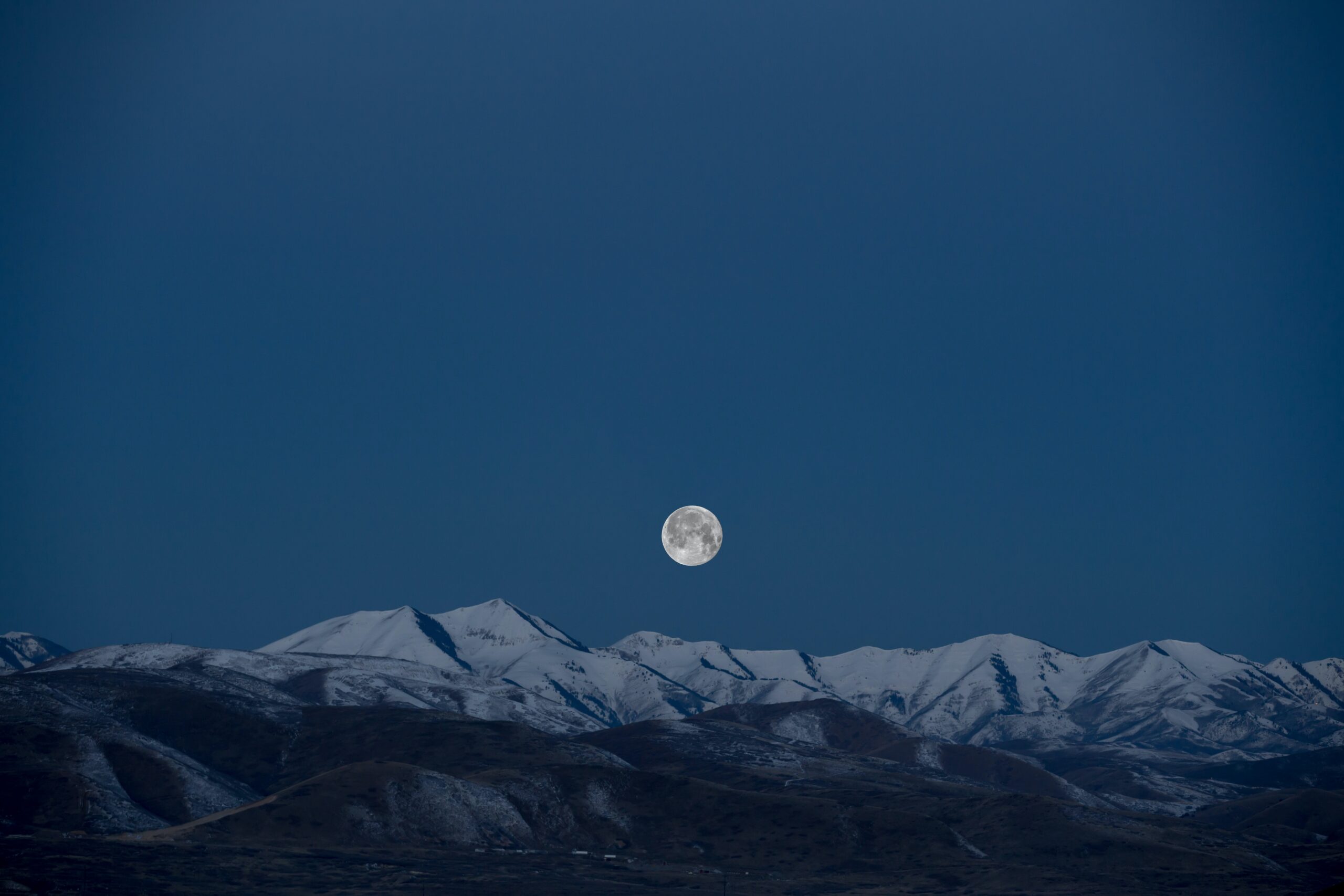

Intriguing Insights into the Moon’s Proximity
The distance that separates the moon and Earth has always fascinated humankind. This article delves into the intricate details of this celestial companionship and how it evolves over time.
A Celestial Dance: Earth and Moon’s Ever-Changing Proximity
As Earth’s devoted cosmic companion, the moon shares an ever-evolving bond with our planet as they navigate the vast cosmos together. While their proximity is undeniable, it’s essential to understand the dynamics that define their relationship.
The Moon’s Reach: Unveiling the Numbers
The moon resides approximately 238,855 miles away from Earth, painting an impressive picture of the vastness of space. To put this into perspective, envision a line of 30 Earth-sized planets neatly fitting between these two celestial bodies, as calculated by NASA.
The Lunar Orbit: A Shifting Pathway
The moon’s orbit is not a conventional circle but rather an elongated oval, resulting in its distance from Earth fluctuating over time. At its farthest point, the moon extends 252,088 miles away. Conversely, during their closest encounter, Earth and the moon are separated by 225,623 miles.
The Moon’s Retreat: A Slow Farewell
An intriguing tidbit of knowledge lies in the moon’s gradual departure from Earth. Over the years, the moon moves away from our planet at a rate of about one inch annually. This captivating fact serves as excellent conversational ammunition for social gatherings or casual interactions.
Rekindling Lunar Explorations: The Quest for Water Ice
Present-day Space Endeavors and the Lunar Nexus
The allure of the moon’s mysteries has rekindled the spark of space exploration, captivating the interests of entities such as NASA, international space agencies, and even private corporations. A focal point of this renewed curiosity revolves around the possibility of water ice concealed within the moon’s southern polar craters.
Unveiling the Potential: Lunar Water Ice
The profound implications of discovering water ice on the moon are nothing short of groundbreaking. If this precious resource can be harnessed, it could serve as both a sustenance source and a propellant for future space endeavors. Transforming the moon into a hub for refueling spacecraft could revolutionize space travel dynamics.
A Space Odyssey: Journeying to the Moon
Embarking on a Lunar Expedition: Factors at Play
The timeline required for a moon-bound journey hinges on several crucial factors. The spacecraft’s velocity, trajectory, and propulsion systems all play a pivotal role in determining the duration of the voyage.
The Need for Speed: Modern Rocketry’s Impact
In the realm of contemporary space travel, modern rockets and advanced propulsion mechanisms have significantly shortened the travel time to the moon. Depending on the circumstances, a spacecraft can complete the journey within two-and-a-half to four days, a testament to human innovation in the field of space exploration.
The Scenic Route: A Strategic Approach
Optimizing Lunar Journeys for Efficiency
While efficiency is paramount in space travel, some expeditions choose a more scenic path to conserve fuel and resources. The Hakuto-R mission, orchestrated by the Japanese company ispace, exemplified this approach. Launched aboard a SpaceX Falcon 9 rocket in December 2022, the mission reached lunar orbit three months later in March 2023. Though it did not achieve its ultimate goal of landing on the moon’s surface, the mission showcased the intricate strategies that underpin space missions.
In conclusion, the dynamic relationship between Earth and its celestial companion, the moon, continues to intrigue and inspire humanity. The ever-changing proximity, the moon’s gradual retreat, and the renewed focus on lunar exploration contribute to the narrative of human exploration and innovation. As technology advances and new discoveries unfold, the moon remains an enigmatic neighbor, beckoning us to delve deeper into the mysteries of the cosmos.




